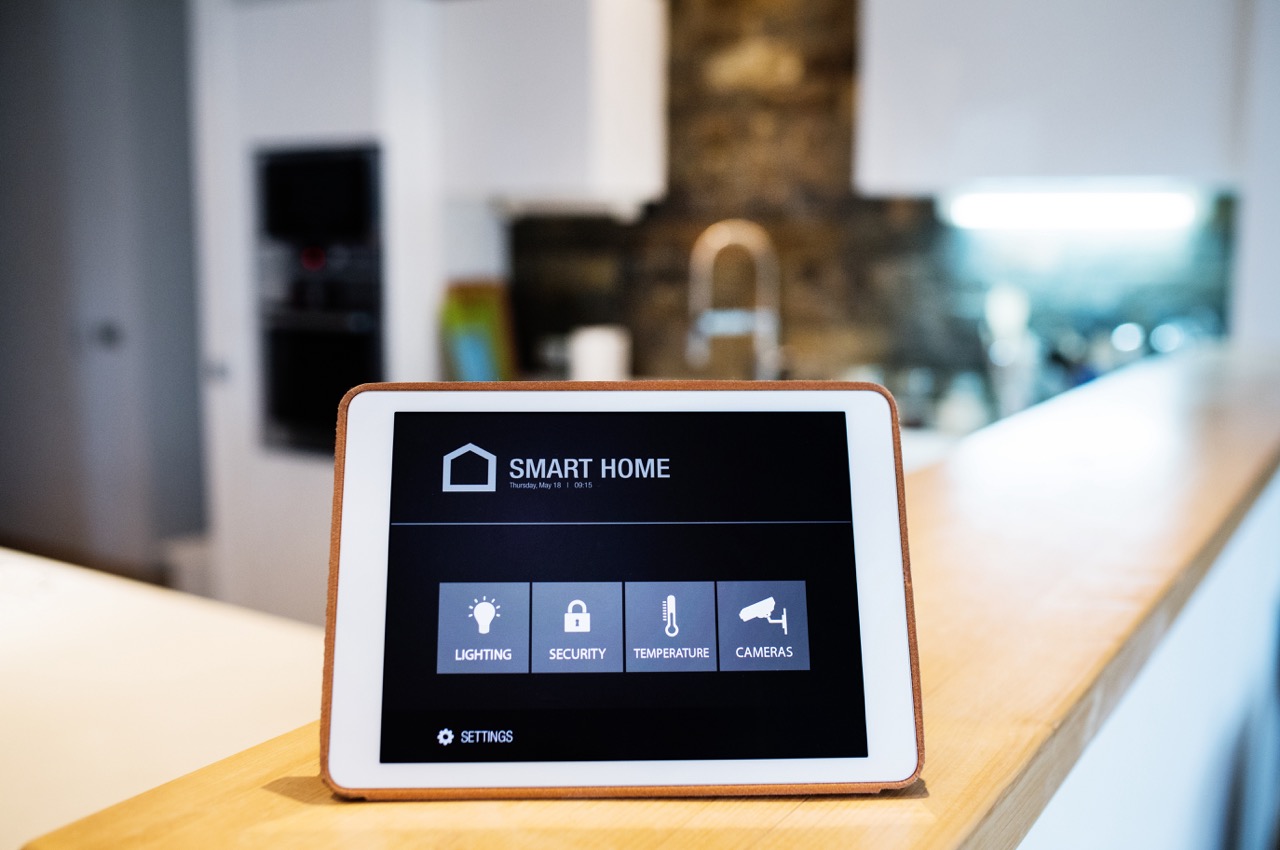The landscape of technology is perpetually evolving, intertwining more deeply with human lives each day. Among the myriad technological advancements, wearable technology stands out with its unique ability to merge utility and intimacy. From smartwatches that monitor our heartbeat to glasses that deliver augmented reality experiences, wearables have carved a niche that’s both fascinating and integral to modern lifestyles. This article delves into the future trends in wearable technology, exploring how these devices will become more integral, intelligent, and influential in the years to come.
Analyzing the Rise of Next-Gen Wearables
The surge in wearable technology is not just a fleeting trend but an evolution towards an increasingly connected and data-driven society. As technology advances, so too does the complexity and capability of wearable devices. Future wearables are expected to transcend traditional markets such as fitness and communication, incorporating more personalized and context-aware technologies. Innovations like flexible electronic skins and even smart contact lenses are in development, promising to enhance our interaction with the digital world by leaps and bounds. This evolution is largely driven by the demand for greater convenience and enhanced user experiences, pushing manufacturers to explore and innovate relentlessly. Moreover, the integration of stronger, faster, and more energy-efficient microprocessors will facilitate a new generation of wearables that are more responsive and capable than ever before.
The Impact of AI on Wearable Efficiency
Artificial Intelligence (AI) is set to redefine the operational efficacy of wearable devices. By integrating AI, wearables can offer more personalized responses and adapt to user behavior in real-time. For instance, AI can analyze the data collected from fitness trackers to provide tailored health advice, workout plans, and even early warnings about potential health issues. The predictive capabilities of AI will allow wearables to not only react to user commands but also anticipate needs before they are explicitly expressed, thereby enhancing user convenience and device utility. Moreover, AI enhances the battery life of devices through more efficient data processing and power management, a critical improvement given the limited size and capacity of wearable batteries.
Wearables in Healthcare: A Game Changer?
Wearable technology holds transformative potential for the healthcare sector. By continuously monitoring vital signs and patient data, wearables can aid in early diagnosis and more finely tuned disease management. Devices are already being developed that can monitor glucose levels non-invasively or manage chronic conditions like epilepsy with unprecedented precision. Perhaps more significantly, the data collected by these devices can be utilized in predictive analytics, offering potential breakthroughs in personalized medicine. However, the integration of these devices into mainstream healthcare is contingent upon rigorous clinical validation and regulatory approvals, which are necessary to ensure both efficacy and safety.
The Privacy Paradox: Is Your Data Safe?
Despite the benefits, the proliferation of wearable technology raises significant privacy concerns. The intimate nature of the data collected—ranging from health metrics to personal preferences—makes wearables a treasure trove for data hackers. Current encryption methods and privacy safeguards are continuously being challenged by more sophisticated cyber threats. Moreover, the ambiguity around data ownership and consent adds layers of complexity to user privacy. Moving forward, the industry must address these challenges by developing robust cybersecurity measures and transparent data policies to protect user information without impeding the functionality of the devices.
Sustainable Wearables: Fashion Meets Function
The intersection of technology with fashion opens up exciting prospects for sustainable wearables. Future devices are poised to be not only functional but also fashionable and environmentally friendly. Innovations such as biodegradable materials and energy-efficient designs are beginning to emerge, reducing the ecological footprint of these tech-savvy accessories. Moreover, as consumer awareness of environmental issues grows, demand is likely to increase for wearables that not only look good but also feel good in terms of ethical consumption. This trend towards sustainability in wearables could redefine fashion norms and technology consumption, merging aesthetic appeal with ecological responsibility.
The Future Marketplace: What’s Next?
Looking ahead, the wearable technology market is poised for expansive growth, driven by continuous innovations and an increasing consumer appetite for smart devices. The future marketplace will likely see a proliferation of niche wearables tailored to specific professions or activities, such as augmented reality headsets for designers or biofeedback devices for athletes. Additionally, as interoperability between devices improves, wearables will seamlessly integrate into the wider ecosystem of smart technology, enhancing their utility and appeal. This integration promises not only increased convenience but also the emergence of entirely new services and applications that could revolutionize how we interact with technology.
In conclusion, the future of wearable technology is ripe with opportunity and fraught with challenges. As these devices become more ingrained in our daily lives, they promise enhanced convenience, improved health outcomes, and a closer connection between our physical and digital realities. However, addressing privacy concerns and environmental impacts remains crucial to achieving sustainable growth in this dynamic field. By embracing innovation responsibly, the wearable technology industry can ensure that its growth is both ethical and beneficial, paving the way for a future where technology serves humanity with minimal compromises.










